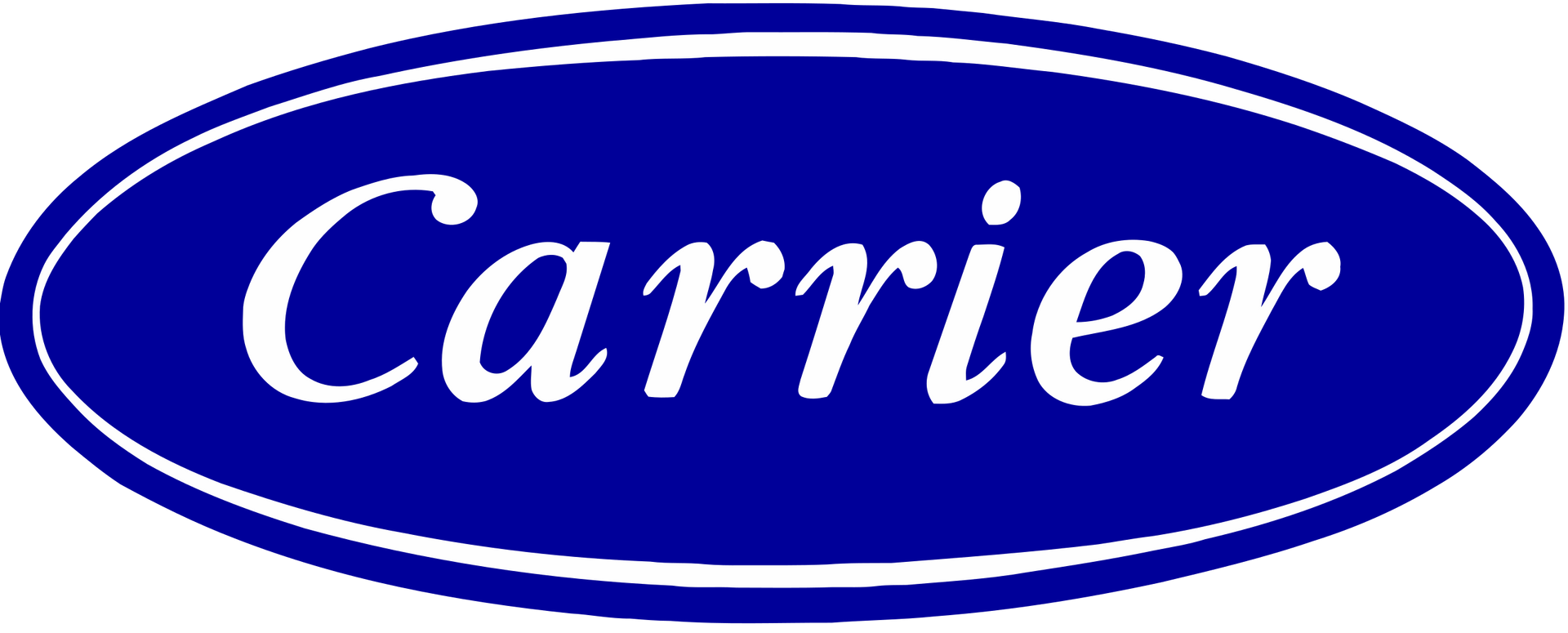Yearly HVAC Maintenance
Suncoast Comfort Heating & Cooling
Yearly HVAC Maintenance — Detailed Scope of Work
At Suncoast Comfort Heating & Cooling, our yearly HVAC maintenance includes a comprehensive inspection of your heating and cooling systems. Our certified technicians will clean, calibrate, and fine-tune equipment, ensuring optimal efficiency and longevity. Trust us to enhance your comfort and reduce energy costs with our meticulous care.
1) Arrival, Safety & Admin
- Verify access, pets, and any reported issues from the homeowner.
- Lay drop cloths/shoe covers; protect work areas.
- Locate and verify system information: model/serial numbers, nameplate data, breaker sizes, filter sizes.
- Lock-out/tag-out as needed; remove power before opening panels.
- Visual inspection for code/safety concerns (clearances, supports, whip/disconnect condition, hurricane tie‐downs where applicable).
2) Thermostat & System Controls
- Confirm mode settings, schedules, and setpoints; replace thermostat batteries if applicable.
- Check thermostat calibration and display operation.
- Cycle system through cool, heat/aux (if present), and fan only to verify staging and responses.
- Confirm proper operation of float switches, low-pressure/high-pressure safeties, and time delays.
3) Indoor Unit (Air Handler / Furnace / Fan Coil)
- Inspect cabinet, door gaskets, insulation, and panel fasteners; seal air leaks.
- Blower assembly: inspect wheel for debris, balance, play; clean as needed; verify motor mounts and rotation; check belt condition/tension (if belt drive).
- ECM/PSC motor: record nameplate vs actual amp draw; measure voltage; test run/start capacitor microfarads (PSC) and replace if out of tolerance.
- Inspect control board connections, relays, wire terminations; tighten lugs; look for heat marks/arcing.
- Verify heat strips (kW rating) or electric heater operation: stage sequencing, amp draw per strip/sequencer, high-limit switches.
- If gas furnace present (see §9): perform furnace-specific checks.
4) Evaporator Coil & Air Treatment
- Visual inspection of evaporator coil face/underside for dust, biofilm, and impacted fins.
- Light on-unit evaporator rinse/clean (no pull) where accessible; note if a pull-and-clean is required.
- Inspect/clean blower compartment surfaces; sanitize as appropriate.
- Check UV light(s) operation (bulb hours/condition) and reflectors; note replacement if due.
5) Condensate Management
- Clear and flush the primary drain line end-to-end; clean P-trap.
- Apply approved drain solvent/algaecide (e.g., Drain Solve tabs/liquid) per label.
- Verify proper gravity pitch of drain and integrity of condensate pan(s) (primary/secondary).
- Test float switches (SS2/SS3 or equivalent) for positive cut-out and reset.
- If condensate pump present: clean reservoir, check check-valve, test pump operation and amperage.
6) Ductwork & Airflow
- Inspect return/supply plenums, takeoffs, and flex for kinks, tears, sag, or disconnected runs.
- Verify damper positions; note zoning components and operation if present.
- Filter(s): replace with correct size/MERV; verify fit and gasket/seal.
- Measure and record external static pressure (ESP) and compare to manufacturer rating; note restrictions.
- Inspect and re-seal any visible duct leaks at plenums/boots with mastic/foil tape as needed.
- Check registers/grilles for blockage and cleanliness.
7) Outdoor Unit (Condenser / Heat Pump)
- Remove debris; confirm clearances all around and above the coil.
- Inspect and wash condenser coil (inside-out where accessible) to restore heat transfer.
- Check fan blade condition and set screw; verify fan motor bearings/sound; record amp draw.
- Inspect contactor points for pitting; test coil; tighten high-voltage and control connections.
- Test/measure capacitor(s) microfarads (compressor and fan); replace if out of tolerance.
- Check compressor crankcase heater (if equipped) for operation.
- Verify disconnect condition, fuses/breaker sizing, whip integrity, and equipment bonding.
- Inspect cabinet, base pan drains, vibration pads, and tie-downs.
8) Refrigerant Circuit & Performance (Cooling)
- Connect gauges/probes; record suction/discharge pressures, line temps, ambient, and return/supply air temps.
- Calculate and record superheat and subcooling; compare to manufacturer targets.
- Measure temperature split (ΔT) across coil; correlate with humidity and airflow.
- Quick leak inspection: look for oil staining; electronic/UV check if indicated.
- Verify liquid/suction line insulation integrity; replace sections as needed.
9) Heat Operation (Perform if Applicable)
- Electric Heat / Heat Strips
- Stage heaters; confirm sequencer timing; record amps per stage; verify high-limit operation.
- Heat Pump (Reversing Valve)
- Test heat mode and defrost cycle initiation/termination; verify defrost sensor readings/placement.
- Confirm auxiliary heat engagement during defrost and when outdoor temps demand.
- Gas Furnace (if present)
- Inspect heat exchanger surfaces (mirrors/camera if accessible); check for rust/cracks.
- Clean and inspect burners, crossover ports; verify proper flame pattern and color.
- Test hot surface igniter/spark igniter resistance and operation.
- Clean flame sensor and verify microamp signal.
- Measure manifold gas pressure; verify against nameplate; adjust if required.
- Verify inducer/blower operation, pressure switch tubing/ports, and condensate (90%+).
- Inspect venting/termination clearances and joints; confirm draft.
- Combustion analysis (CO, O₂, excess air, efficiency) if equipment and conditions allow.
10) Electrical & Protections
- Record line voltage (L-L and L-G), voltage drop on start where measurable.
- Check all wire terminations, splices, and lugs; tighten to spec.
- Verify surge protection device (if present) status indicators.
- Confirm proper sizing and labeling of breakers/fuses; note any double-lugging or code concerns.
11) Indoor Air Quality (IAQ) & Humidity
- Measure and record indoor RH% and temperature; note dehumidification capability.
- Assess and report on filter MERV suitability, pressure drop, and replacement cadence.
- Check operation and maintenance status of IAQ accessories (UV, media cabinets, ERV/HRV, dehumidifier).
- Recommend upgrades if persistent dust, odors, or high humidity are observed.
12) Finalization, Documentation & Homeowner Review
- Restore panels, re-energize equipment, confirm normal operation.
- Verify quiet operation and absence of abnormal vibrations.
- Record all measured values: ESP, ΔT, SH/SC, pressures, amps (compressor, fan, blower, heat strips), supply/return temps, indoor RH, and thermostat settings.
- Before/after photos of coils, drain, and any corrected issues (when helpful).
- Provide a written maintenance report with findings, corrective actions taken, and recommendations (repairs, parts nearing failure, deep cleanings like blower pull or evap pull, duct repairs, IAQ upgrades).
- Replace reminder stickers/labels (filter size/date, UV lamp due date, next maintenance date).
13) Materials Commonly Included
- Replacement air filter(s) matching spec.
- Coil cleaner (indoor/outdoor as appropriate).
- Drain solvent/algaecide and P-trap cleaning.
- Minor sealing materials (mastic/foil tape) for small accessible leaks.
14) Typical Exclusions (Quoted Separately if Needed)
- Evaporator pull-and-clean, blower pull and deep clean, or coil replacement.
- Refrigerant leak repair/charge corrections beyond diagnostic measurements.
- Major electrical component replacement (compressors, motors, control boards).
- Duct cleaning, duct replacement, or significant re-work.
- Non-HVAC electrical/plumbing work and permits.


